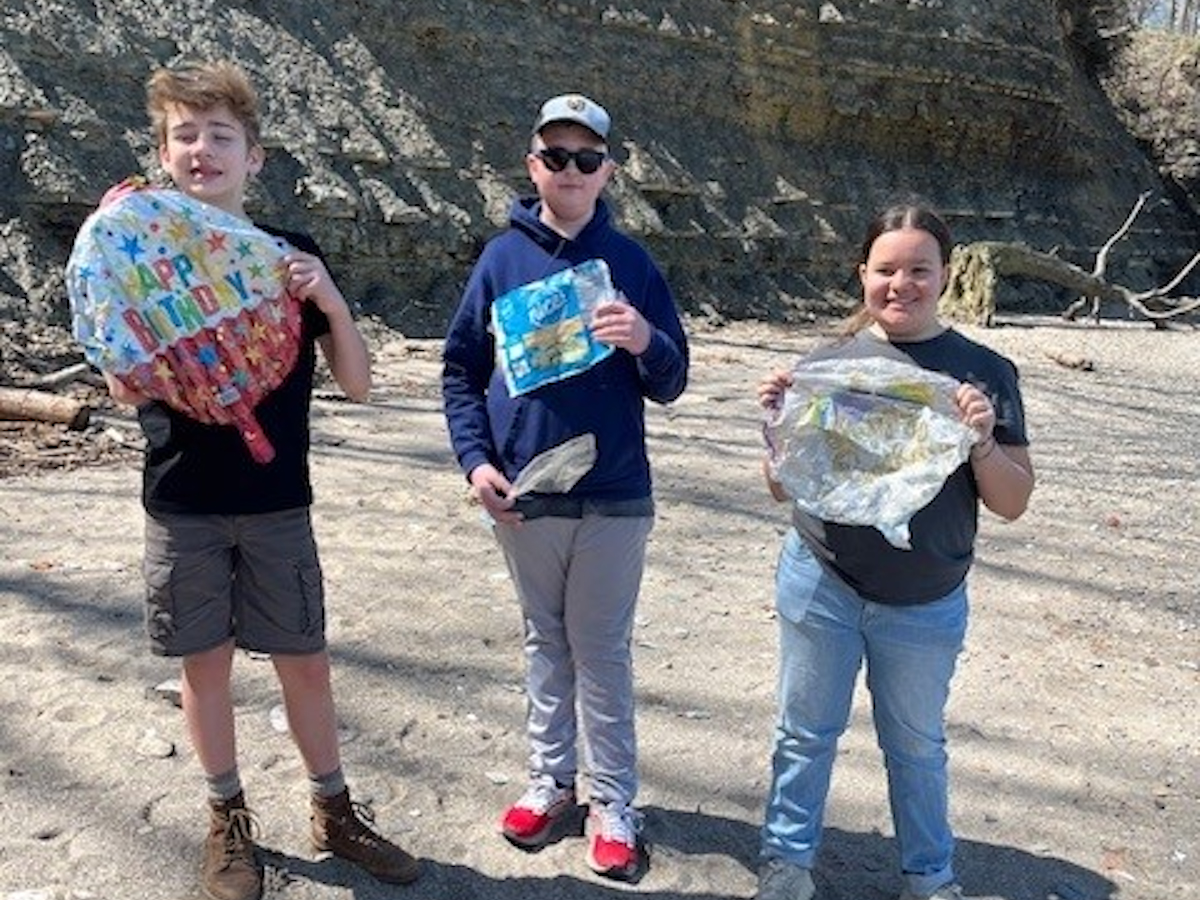Volunteers Help Monitor, Clean Up Ohio Beaches
The Takeaway: A partnership effort deployed local residents to address marine debris on Lake Erie.

Volunteers are cleaning up Ohio’s Lake Erie shoreline while contributing to national marine debris monitoring efforts, thanks to a partnership between the state’s coastal management and research reserve programs.

Marine debris, or solid litter that ends up in marine or Great Lakes environments, is a type of nonpoint source pollution that can harm aquatic life and water quality. It can come from many sources and reducing it not only benefits the environment, but can also put millions of dollars back into coastal economies.
The new effort began in 2022 when staff at the Ohio Coastal Management Program looked for ways to engage coastal residents in their work tackling nonpoint source pollution. After successfully piloting NOAA’s Marine Debris Monitoring and Assessment Project protocol at two public beaches, they partnered with the Old Woman Creek National Estuarine Research Reserve to bring the project to life.
Tapping into the reserve’s volunteer network, staff trained six teams on marine debris survey and monitoring techniques. Throughout the year, the teams monitor a beach of their choosing monthly, providing data on the amount and type of debris found on a significant stretch of Ohio’s Lake Erie shoreline. One team of local Sea Scouts took their volunteering a step further and are studying ways to keep mylar balloons out of the environment. While out surveying the beaches, volunteers also bring attention to marine debris by answering questions from other beach-goers.
The survey data is contributing to larger efforts to address marine debris across the country, helping to answer research questions, guide policy, and educate residents. The program’s success serves as a model for engaging volunteers in similar cleanup efforts in the Great Lakes region. (2024)
Partners: NOAA, Old Woman Creek National Estuarine Research Reserve, Ohio Coastal Management Program
PRINT